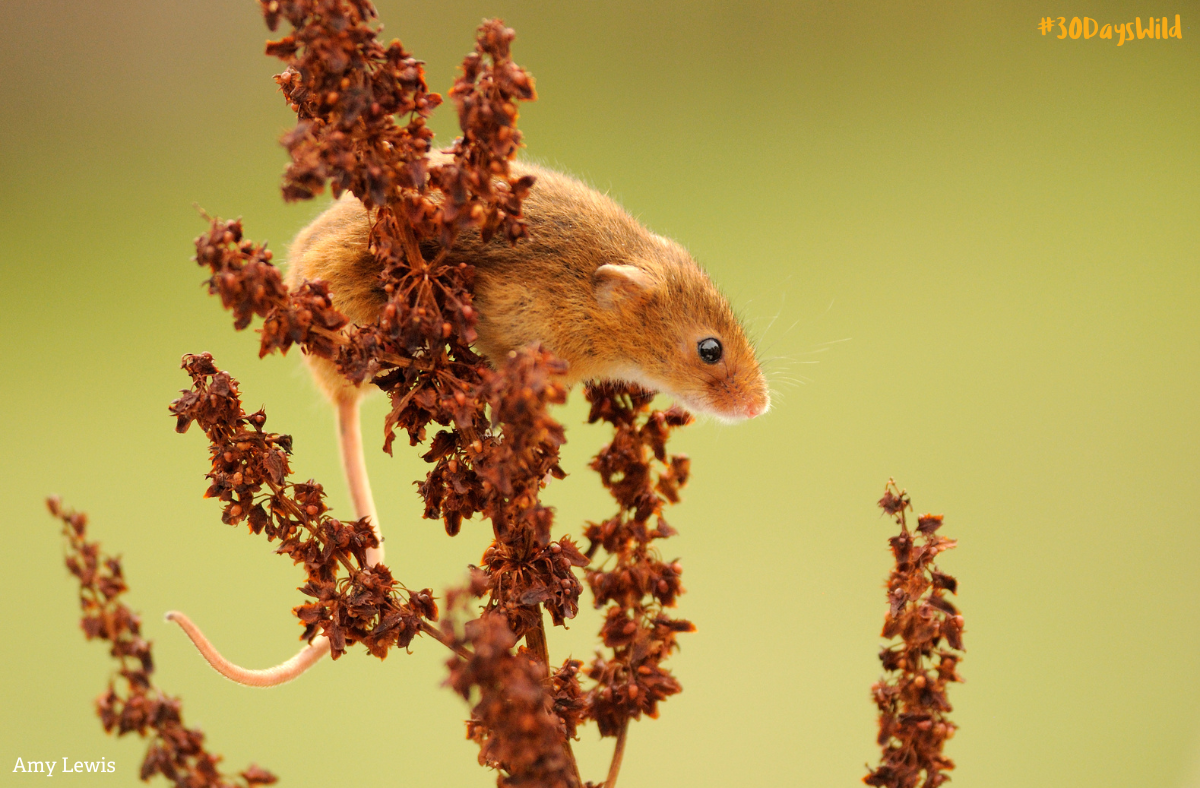Barn owls are declining in number because of habitat loss, agricultural intensification and climate change. Kate Bartram, our East Cleveland Heritage Officer, has been spearheading a project to help reverse that decline. The East Cleveland Nest Box Project has been delivered with the help of landowners and volunteers. Local owl experts Colin and Chris Gibson (not related) are on hand for ringing and monitoring. Monitoring is important as the data will inform future interventions. The project has already noted some positive changes.
Last year saw many disruptions to our human way of life, but thankfully it hasn’t been the case for wildlife. Of the sites being monitored, nearly twice as many were occupied as in 2019. It’s not the whole story, however. While more barn owls have bred, there has been lower success with fledglings than the previous year. This is likely down to some very wet weather in the peak season that prevented hunting.
“Our aim is to generate the most detailed picture of barn owls in the Tees Valley. By working with licensed volunteers and landowners, a landscape view of barn owl breeding and habitat use can emerge. A nest box network, properly monitored, will enable us to help barn owls survive and thrive for future generations”. Kate Bartram.
Funding and Outcomes
Funding for the project has come from Northumbrian Water’s Branch Out scheme and the National Lottery Heritage Fund. Volunteers have constructed over 100 purpose-built nest boxes. Each box is located near to appropriate hunting habitat and is accessible for monitoring purposes. Monitoring is crucial because it helps us understand what drives the population dynamics of barn owls in our area.
You can read the full story in the Winter Issue of Wild Tees Magazine. Become a member and you will receive your issue of Wild Tees Magazine and much more. Hit that ‘Join’ button at the top of the page!




